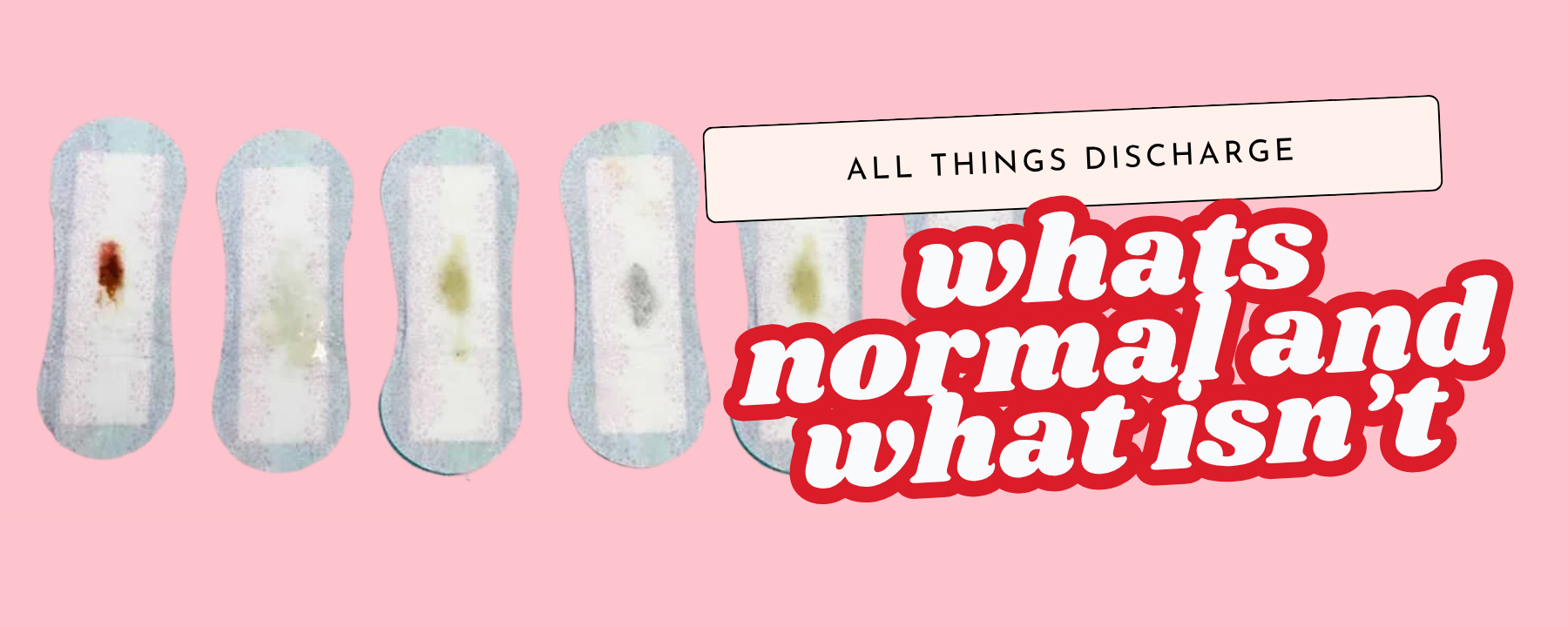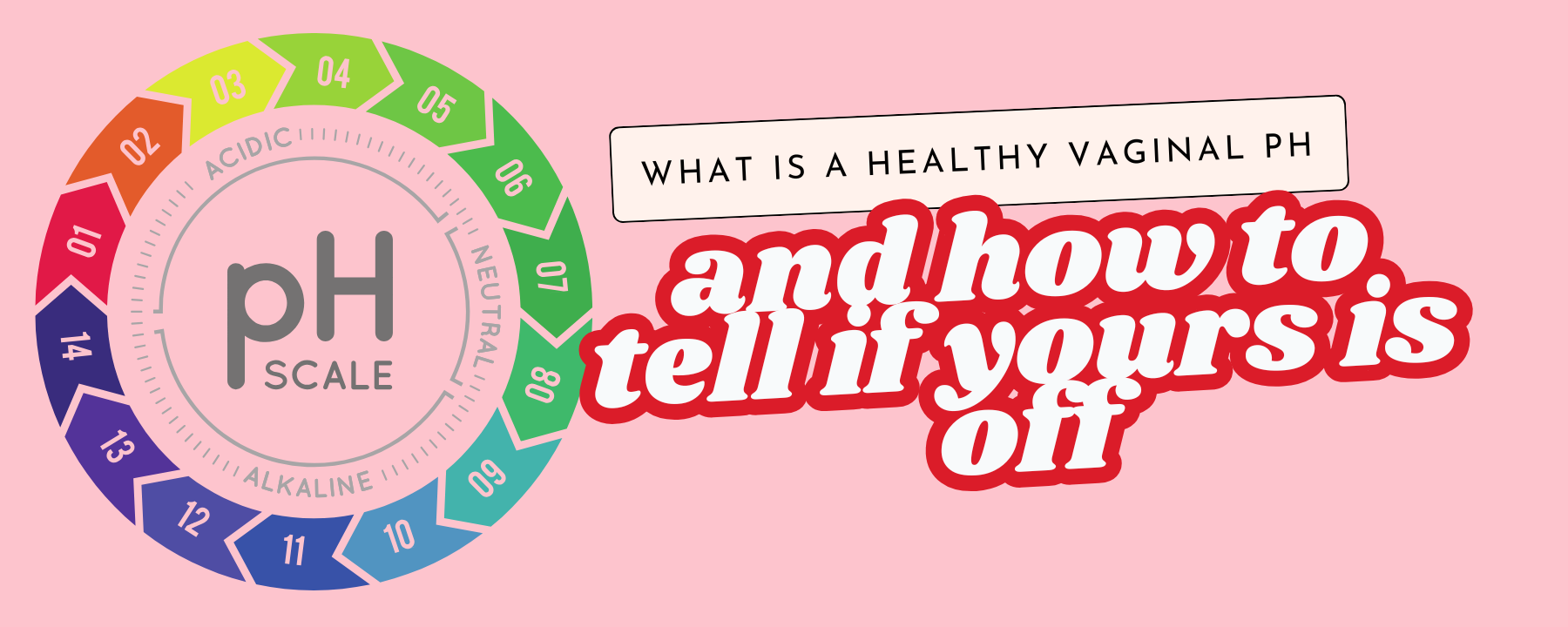
To BV or Not To BV 👀 The pitfalls of self-diagnosis

BV vs. yeast infection: how can I tell the difference?
BV usually causes a thin gray/white discharge with a strong fishy odor and a vaginal pH above 4.5, with little or no itch. Yeast infections often cause intense vulvar itch, redness, and thick “cottage-cheese” discharge, with normal pH (≤4.5). Testing and diagnosis come from a clinician; skip douching.

What does “balanced flora” mean, and how do I support it?

Can I Prevent Yeast Infections Through Underwear Choice and Moisture Control?
-
Breathable underwear + quick moisture control = lower yeast risk.
-
Change out of sweaty leggings or wet swimsuits promptly; pat the external area dry.
-
Use gentle external-only cleansing; avoid douching and perfumed sprays.
-
Recurrent symptoms deserve a clinician visit.

What’s “Normal” Discharge Color/Texture—and What Isn’t?
-
Normal: clear→milky white; mild scent; texture varies during the cycle.
-
Not normal: gray/fishy (BV), thick white + itch (yeast), green/yellow frothy (trich).
-
Do: gentle external cleansing only (never inside); avoid douching; call a clinician for persistent changes.

What Is a Healthy Vaginal pH (and How to Tell If Yours Is Off)?
TL;DR
-
Healthy vaginal pH: roughly 3.8–4.5 in reproductive years.
-
Common disruptors: semen, menstrual blood, antibiotics, hormonal shifts.
-
Do: cleanse externally and gently; wear breathable fabrics; get evaluated for persistent symptoms. Don’t: douche or mask odor with fragranced sprays.
